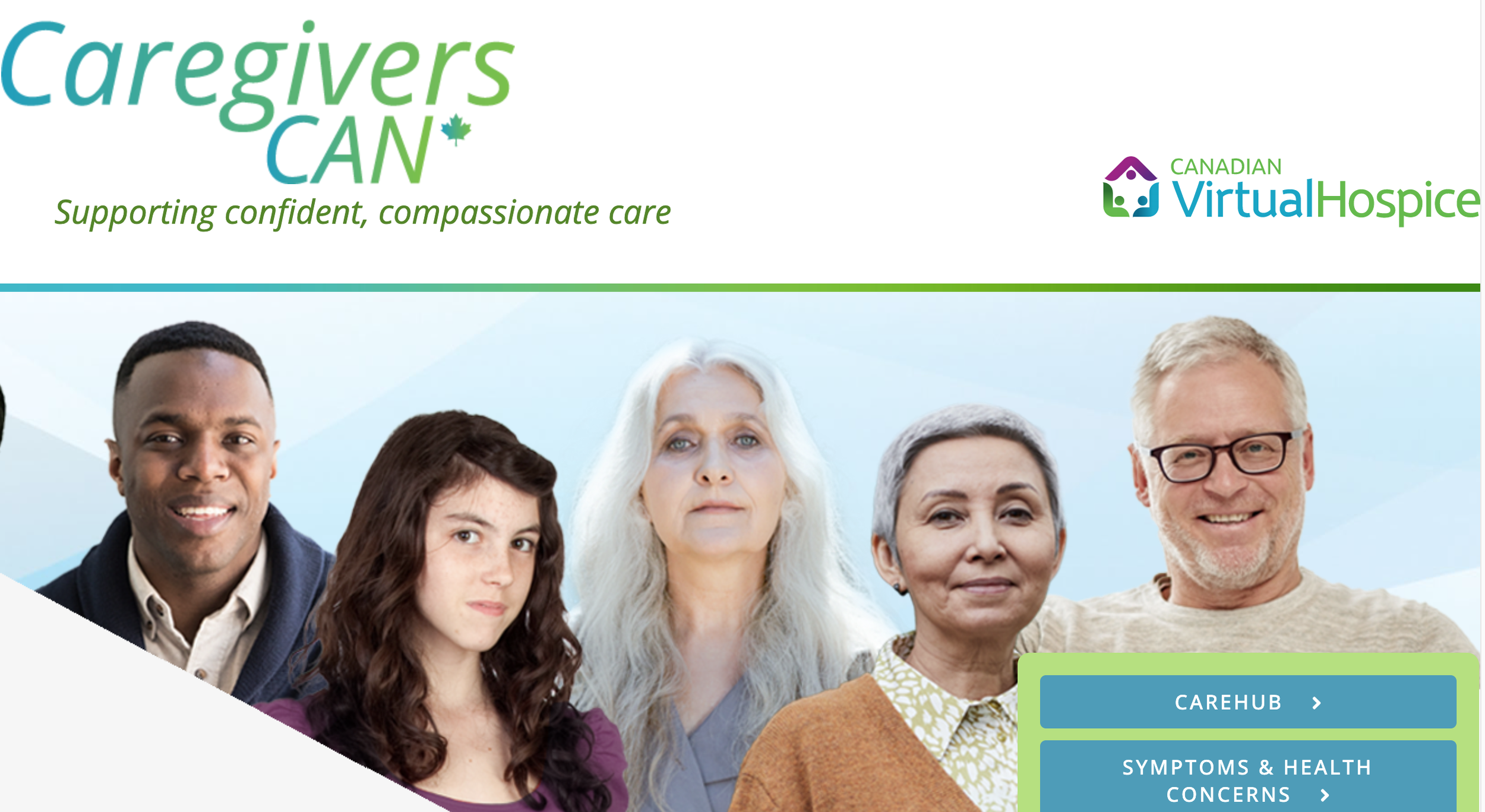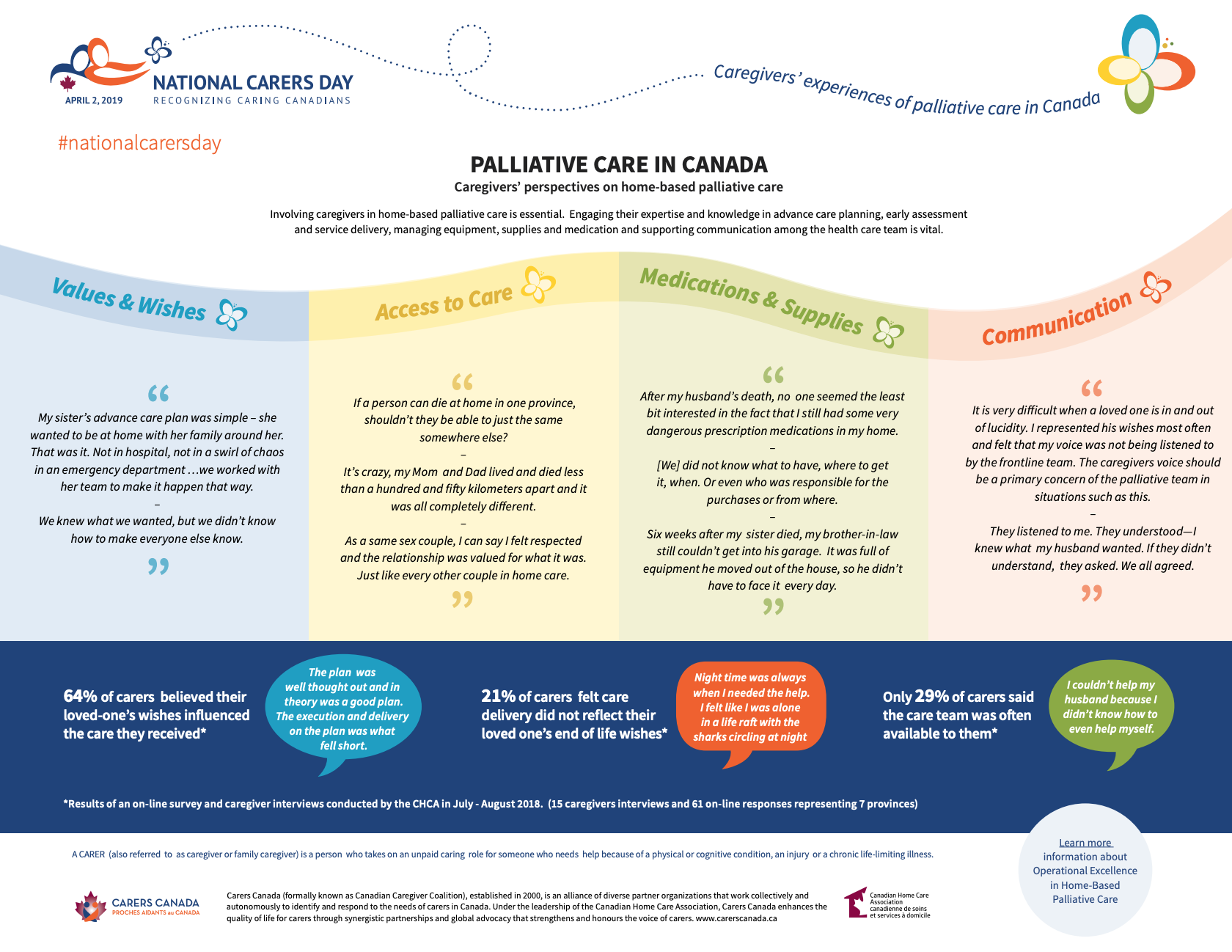“More than 8 million family and friend caregivers in Canada are providing care in the home. Most caregivers will feel unprepared and overwhelmed at some point. If you are caring for someone who is ill or living with mobility challenges, these modules are for you.
Access them anytime of the day or night, as many times as you need, and at no cost (FREE) via https://www.virtualhospice.ca/caregiving/
These modules include useful information, strategies, and suggestions for preparing for and providing care as illness advances:
-Strategiesfor difficult conversations
-Video demonstrations of caregiving tasks
-Guidance for recognizing and managing symptoms
-Suggestions for accessing programs and services
-Ways to care for yourself
Content is arranged in chapters and pages. Click a Chapter to see the pages and topics covered. You can move through the module pages using the list on the left-hand side or using the arrows at the bottom of the page. To return to the home page click the logo at the top left of the screen. Some modules include video clips showing how to do caregiving tasks or people sharing their experiences.”
Source: Canadian Virtual Hospice
If you have questions, email info@virtualhospice.ca











